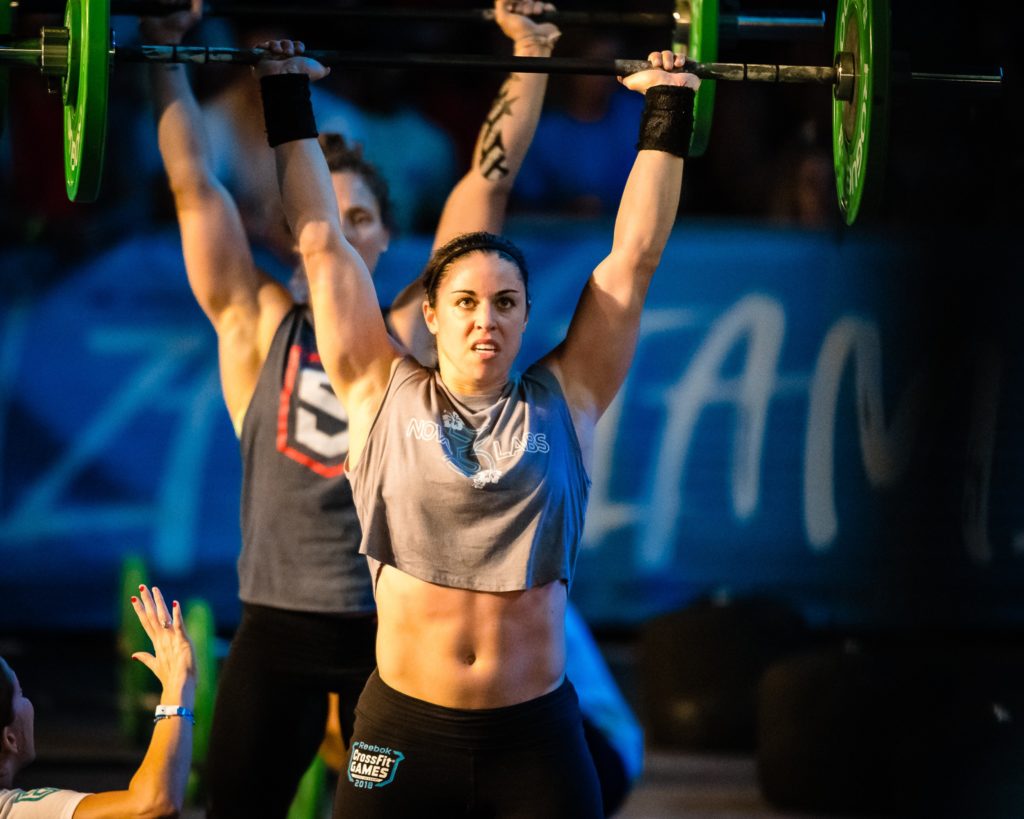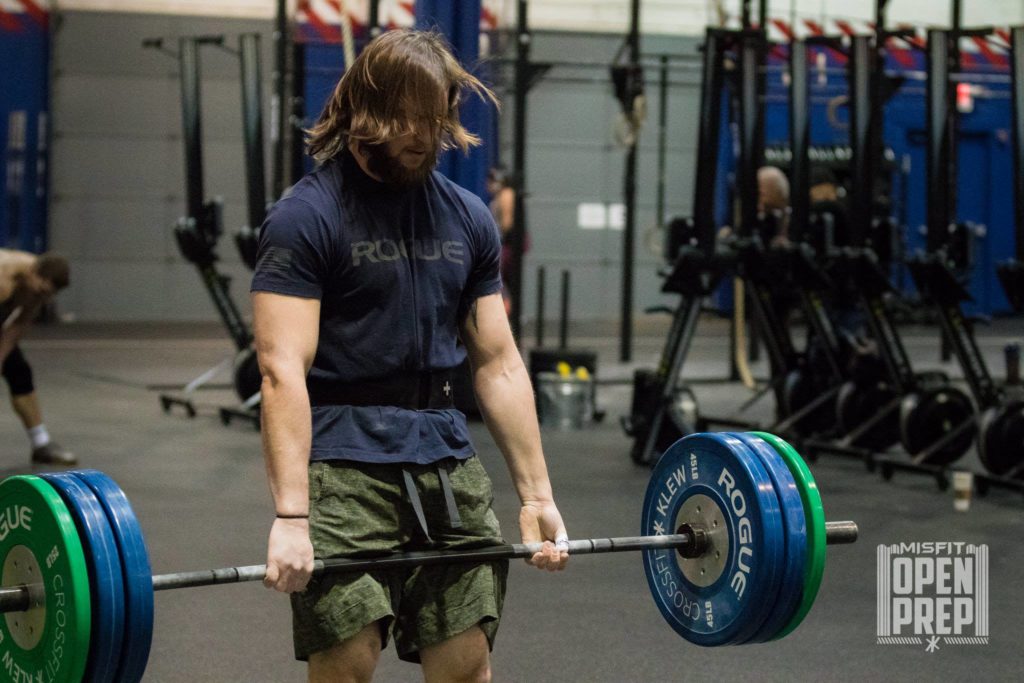The Gray Area


When most athletes hear the term “back to basics”, their first thought is usually along the lines of improving small, tedious, and seemingly insignificant components of a larger system or movement. “Ok, it’s time to really ensure I’m hitting the power position in my olympic lifts”, or “I’m finally going to work on my strict gymnastics to strengthen my kipping movements”. These are valid and important, but let’s get even more fundamental than that. Think back to when you first started training, and then think about where you are right now and how far apart those two “you”s are. When you first started training, did you start by following the MFT program, or any competitor program? Unlikely. Maybe you were a green beginner taking an on-ramp class, or a former athlete whose physical capabilities helped make learning everything a little easier. Either way, you weren’t doing the volume, weights, or reps that you probably are now; you were doing workouts at an intensity and volume appropriate for you. You were setting your hair on fire daily to do them as fast as possible because pacing wasn’t something you were keen to yet, and the workouts were such that nothing could slow you down.
Now look at you. You’re stronger, fitter, faster, and more experienced.
My question for you is this: at what point do you remember transitioning away from that beginner, hair-on-fire mindset? That is, the one that didn’t care what weights were on everyone’s bar, or how many reps were in everyone else’s version of the workout, but only how fast you could go? It’s easy to identify the extremes: a newbie who’s still working on their first muscle up probably shouldn’t be trying to follow a competitor program, and an experienced athlete who can do a sub 2:30 Fran is probably qualified to do more than a beginner. But what happens when it’s not so obvious? What about the athlete who can do sets of 2, 3, or 4, muscle ups consistently, but the MFT workout calls for 5 rounds with 6 or 7 muscle ups? Or the athlete whose clean and jerk 275/185lbs, and an MFT workout calls for 245/165lbs? Sure, you can, but it doesn’t mean you should.

Welcome to the Gray Area. The Gray Area is the competitive CrossFitter’s purgatory – that is, the place so many athletes go when they’ve gained the capacity to complete workouts at the weights and reps in a program like MFT, but are still finishing minutes or multiple rounds behind athletes like Caroline or Brandon. You might be completing the workouts, but you’re not doing them at the intensity you could be if they were a little more manageable. In our experience, the journey into the Gray Area looks something like this:
- An athlete comes into an affiliate, drinks the Kool Aid, and can’t get enough of this new thing called CrossFit.
- Takes affiliate classes for a while, then sees either coaches or “competitors” doing something different – maybe harder or cooler looking.
- With minimal guidance or self assessment, the athlete starts training with the competitors, doing what they do and initially gets crushed by workouts but loves every minute.
- The athlete accepts that their scores are slower than many, especially the fittest Misfits, but simply believes that’s how it is and continues training anyway not knowing any better.
If this roadmap sounds like something you’ve followed, you might be in the Gray Area. To be clear, your stay in the Gray Area should be brief. As a matter of fact, the Gray Area should be the last rest stop at the end of the highway that doesn’t have any food options, and only a single gas pump for you to refuel and get back on the road. The highway you were just on represents the fastest, most efficient route to becominging insanely fit, and when you’re making a cross-country drive, you want to stay on the highway as long as possible before taking the exit to the side streets and backroads. Staying on the highway is you driving 30 over, absolutely annihilating workouts in the Hatchet program with the state police getting smaller in your rearview. Only when you’ve outrun the blue and red lights and consistently find yourself crushing the Hatchet workouts are you safe to briefly stop in the Gray Area to refuel and orient yourself to a new roadmap, and then exit right onto the winding backroads of the MFT program, filled with various routes to get to where you want to go.

If the metaphors of highways, roadmaps, and purgatory are going over your head, I’ll simplify things for you: Phase VI is an opportunity to get back to the basics that got you to where you are now: doing the version of the workout that allows for maximum relative intensity, and that allows you to meet the stimulus of each and every workout. Every second you spend with your hands on your knees or resting over the chalk bucket are seconds that are moving you further from a higher level of fitness, and every second you spend moving fast are seconds moving you toward it.
I can promise you that blasting through the Hatchet version of the metcon at a blistering pace will do so much more for your fitness level than grinding slowly through the workout just because you can. Going slow isn’t what got you to where you are now, and won’t get you to where you want to go. My challenge to you is this: if you think you might possibly be overstaying your welcome in the Gray Area, getting back to the basics for you this Phase means getting back in your Lambo and driving 100mph down the highway to elite fitness.
Written by Hunter Wood



